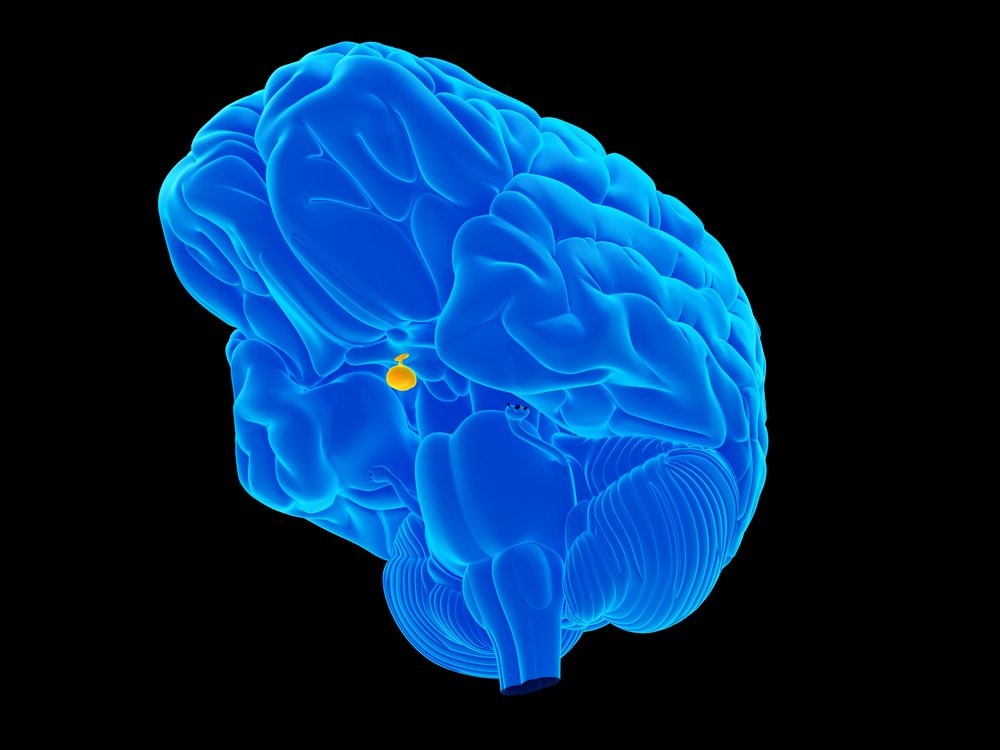Desmopressin is Promising Alternative in Diagnosing Cushing’s Disease, Study Says
Written by |

Bilateral inferior petrosal sinus sampling (IPSS) — a procedure that uses desmopressin to determine levels of ACTH hormone from veins that drain from the pituitary gland, is a sensitive way to diagnose patients with Cushing’s disease and find tumors, a Chinese study shows.
The study,“Tumour Lateralization in Cushing’s disease by Inferior Petrosal Sinus Sampling with desmopressin,” appeared in the journal Clinical Endocrinology.
Cushing’s disease is characterized by excessive production of the adrenocorticotropin hormone (ACTH) caused by a tumor in the pituitary gland. ACTH is the hormone that causes the adrenal glands to produce cortisol.
Currently, pituitary imaging is insufficient to confirm a Cushing’s diagnosis. This is because 70 percent of pituitary adenomas in Cushing’s are microadenomas, which are physically very small. As a result, 40 percent of Cushing’s patients are reported as being healthy.
This means that a Cushing’s diagnosis requires a combination of techniques including clinical symptoms, imaging methods and endocrinological assays that include measures of serum cortisol and ACTH levels.
IPSS determines ACTH levels from veins that drain from the pituitary gland. ACTH levels are then compared to ACTH levels in blood. Higher levels in the pituitary gland indicate a pituitary tumor.
IPSS can also be used to determine tumor lateralization, which refers to which side of the pituitary gland the tumor is located on. The test is 69 percent accurate.
Doctors administer IPSS along with corticotropin-releasing hormone (CRH) stimulation. IPSS with CRH is considered the gold standard for preoperative diagnosis of Cushing’s, with a diagnostic sensitivity (or true positive rate) of 95 percent and specificity (or true negative rate) of 90 to 95 percent. Unfortunately, the high cost and limited availability of CRH make it impractical for many patients.
Desmopressin has been used to replace CRH to stimulate ACTH secretion for IPSS, and prior studies have shown that desmopressin’s sensitivity is comparable to that of CRH.
Researchers at Peking Union Medical College in Beijing conducted a retrospective analysis of their experience using desmopressin-stimulated IPSS to determine its diagnostic value for Cushing’s and its predictive value for tumor lateralization.
Researchers analyzed 91 Cushing’s patients who either had negative findings on the MRI imaging of the pituitary or negative high-dose dexamethasone suppression tests, which is another method of evaluation. All patients underwent IPSS with desmopressin, followed by pituitary surgery to extract the tumor.
Of the 91 patients tested, 90 patients had confirmed Cushing’s. And of these, 89 had positive IPSS findings, which led to a sensitivity of 98.9 percent for this test. One patient out of 91 who did not have Cushing’s also underwent this test, which led to a negative IPSS result and a specificity of 100 percent.
Researchers also determined tumor lateralization in patients who were ultimately diagnosed with Cushing’s and underwent surgery. Results of the IPSS showed a 72.5 percent concordance between the results from the IPSS and the surgery.
Therefore, IPSS with desmopressin is a comparable approach to IPSS with CRH for the diagnosis of Cushing’s. It also demonstrates moderate accuracy in determining the location of tumors.
“Like many medical centers in China, we currently have no supply of CRH, while desmopressin is readily available,” researchers concluced. “Moreover, desmopressin is cheaper than CRH. As our data and other studies indicate, IPSS with desmopressin yielded comparable outcomes to IPSS with CRH. Therefore, desmopressin-stimulated IPSS might serve as a possible alternative to CRH-stimulated IPSS.”





